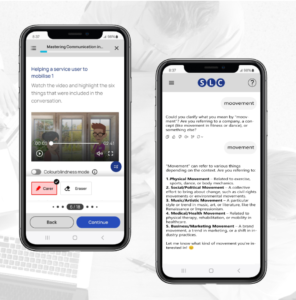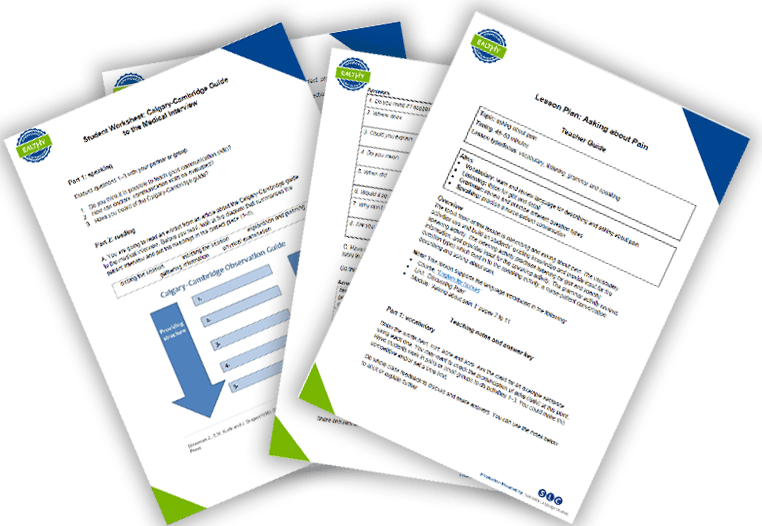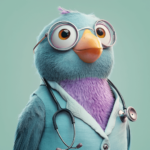
SLC win Ufi grant to develop AI language learning app for social carers
We’re delighted to have won a grant from Ufi VocTech Trust to develop an AI-driven technology solution that provides cheap phone-based language and communication skills

This lesson plan teaches the language used to describe and discuss ADLs (Activities of Daily Living).
A2-B1 level
● Topic: ADLS (Activities of Daily Living)
● Timing: 45–60 mins
● Lesson type/focus: speaking, reading and vocabulary
● Speaking: discuss ADLs and why they’re important
● Vocabulary: learn and review language related to ADLs, identify synonyms
● Reading: read for specific information
The focus of this lesson is ADLs. The speaking activity introduces the topic and gives students the opportunity to share their ideas and experience. The reading activities focus on finding specific information and provides input for the vocabulary section. The vocabulary activities look at lexical items (synonyms) from the text and use these in discussion questions.
Note: This lesson supports the language introduced in the following:
● Course: English for Care: delivering outstanding care
● Unit: Eating and Drinking
● Module: ‘Activities of Daily Living: helping with mealtimes’ pages 3, 4 and 5
Put students into pairs or small groups and ask them to discuss questions 1 and 2 on the student worksheet. Encourage them to share examples from their own experience.
Do whole class feedback to discuss and share answers.
ADL stands for Activity of Daily Living. ADLs are the basic self-care tasks a person does day-to-day. They are part of caring for oneself and maintaining independence. Ability or inability to perform ADLs is often used by health professionals as a way of measuring a person’s functional status, especially that of older adults or those with disabilities.
Additional information can be found here at NHS Trust (IoW)
Examples include: moving from one place to another, e.g. getting out of bed; showering/bathing, cleaning your teeth, skin and hair care, dressing, toileting, feeding yourself.
A Have students work in individually to read the text to find the answers to questions 1–5. Tell them to read the text quickly and just look for the answers. You could set a time limit.
Go through the answers as a class.
B. Have students work in individually, or in pairs, to read the text to find the answers to questions 1–5. Tell students to concentrate on finding the answers rather than any words they don’t know at this stage.
Go through the answers as a class.
1.c 2.a 3.b 4.c 5.a
Extension activity: Look at some of the vocabulary from questions 1–5 in more detail. Have students read the questions and answer options again to find the answers to these questions.
An electrical device that makes a buzzing noise and is used for signalling.
pass down the throat
a device that lifts someone
to break food down with the teeth
to untangle the hair
Download the complete lesson plan and student worksheet:

We have many more available on our partner’s website. EALTHY is a unique international association for
English for Healthcare teachers, writers and researchers. It offers members a growing bank of lesson plans, OET resources, articles and research summaries, as well as free and discounted access to conferences, journals, publications and SLC courses!
Through our partnership, we publish at least three new plans in the EALTHY Members Area every week. So, if you’re a teacher looking for excellent resources, now is the time to join an international English for Healthcare community and take advantage of everything EALTHY has to offer.
Annual memberships are available for teachers and for institutions. We hope very much to see you there!
Get your monthly updates and latest materials on Medical English

We’re delighted to have won a grant from Ufi VocTech Trust to develop an AI-driven technology solution that provides cheap phone-based language and communication skills

We’re delighted to announce a partnership with leading Medical English app, Doxa.
